By: Communications Equipment
In order to strengthen the conservation of species of fauna in the region own, the Corporation with the support of the joint venture Pro Environment, They are implemented initiatives to increase the protection of Cardinal Guajiro birds, tl Turpial, Green Macaw and Marimonda; species under threat line due to habitat loss causes the advance of the agricultural frontier, livestock extension, the forest fires, indiscriminate logging; among other factors such as illegal trade.
Through the project, "Conservation strategies fauna with focus on ecosystems in the municipalities of San Juan del Cesar, India, Maicao, Manaure and Riohacha ", Corpoguajira looking for a diagnosis updated of these species, strengthen the network of environmental lookouts, generating culture of conservation in the community and design two biological corridors as a conservation strategy and practical measures to counteract the loss of biodiversity.
In the case of birds Cardinal Guajiro and Turpial, initiatives to increase protection of these species in the District implemented Integrated Management (DMI) Musichi and forest ecosystems of subxerofítico (dry little rain forests or in the year) en Riohacha. While for the green macaw population and Marimonda, participatory conservation processes developed in the Integrated Management District Bañaderos and Protective Forest Reserve Montes de Oca.
Wanted:
Determine the state and population density of the Marimonda and Macaw Green. As a final result is expected to design a biological corridor to facilitate connectivity species habitat conservation and establish agreements or signing management agreements with environmental lookouts residing in protected areas and their hinterlands.
Population estimates are being made Cardinal Guajiro and Turpial in the Lower Basin and the Rancheria River Delta and the District of Integrated Management Musichi; species pressured by illegal trade.
The project will design biological corridors Integrated Management District Bañaderos Alto Camarones and the Protective Forest Reserve Montes de Oca, as spaces that provides connectivity between landscapes, ecosystem and habitat, natural or modified.
Status of species:
In the case of Cardinal Guajiro, It comes ahead of a population estimate of the species due to pressure from illegal trafficking. In Colombia this bird can only be found in our Department, hence the interest of conservation.
eL Turpial, It has a sonorous and melodious song which makes it a favorite species as bird cage.
Green Guacamaya, declared at risk by the International Convention of Wild Flora and Fauna Species of Endangered (CITES for its acronym in English), It is prohibiting its marketing as a way to protect her from the destruction of their habitat, reducing their nesting sites.
The Marimonda, It has been hunting in recent decades. more than three years ago it was included in the list of the International Union for Conservation of Nature (UICN) as one of the 25 species at greatest risk of extinction between apes, monkeys, lemurs and other primates, to the point that if protective measures are not taken could disappear before the end of the XXI century, because not only hunting, but deforestation has resulted in the disappearance of their food and habitats.

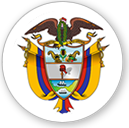

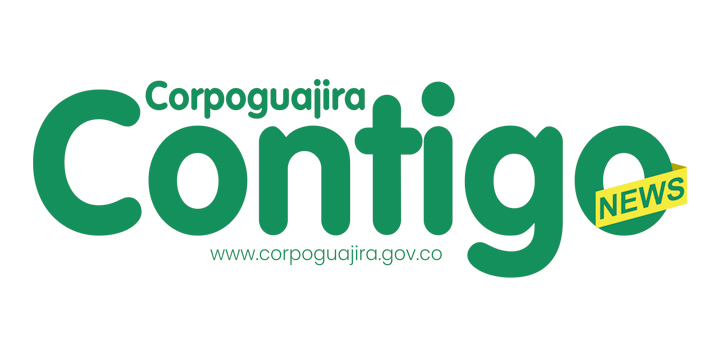
























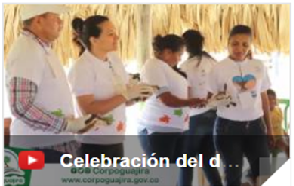


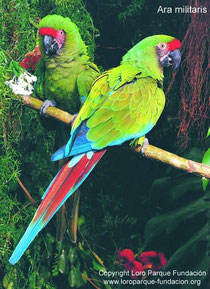


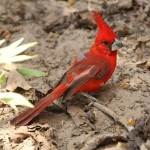
Leave a reply
I am sorry, you should be connected to post a comment.